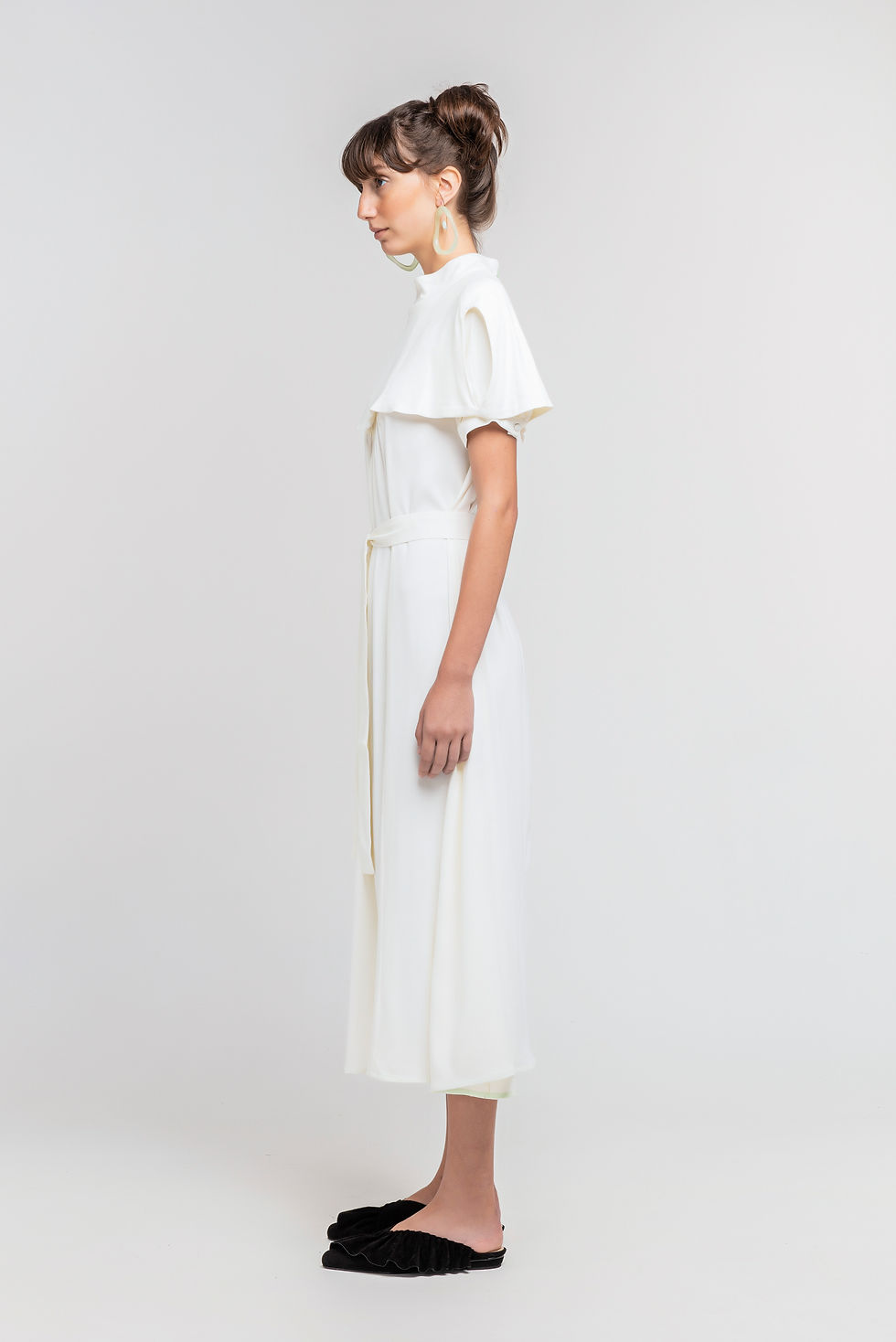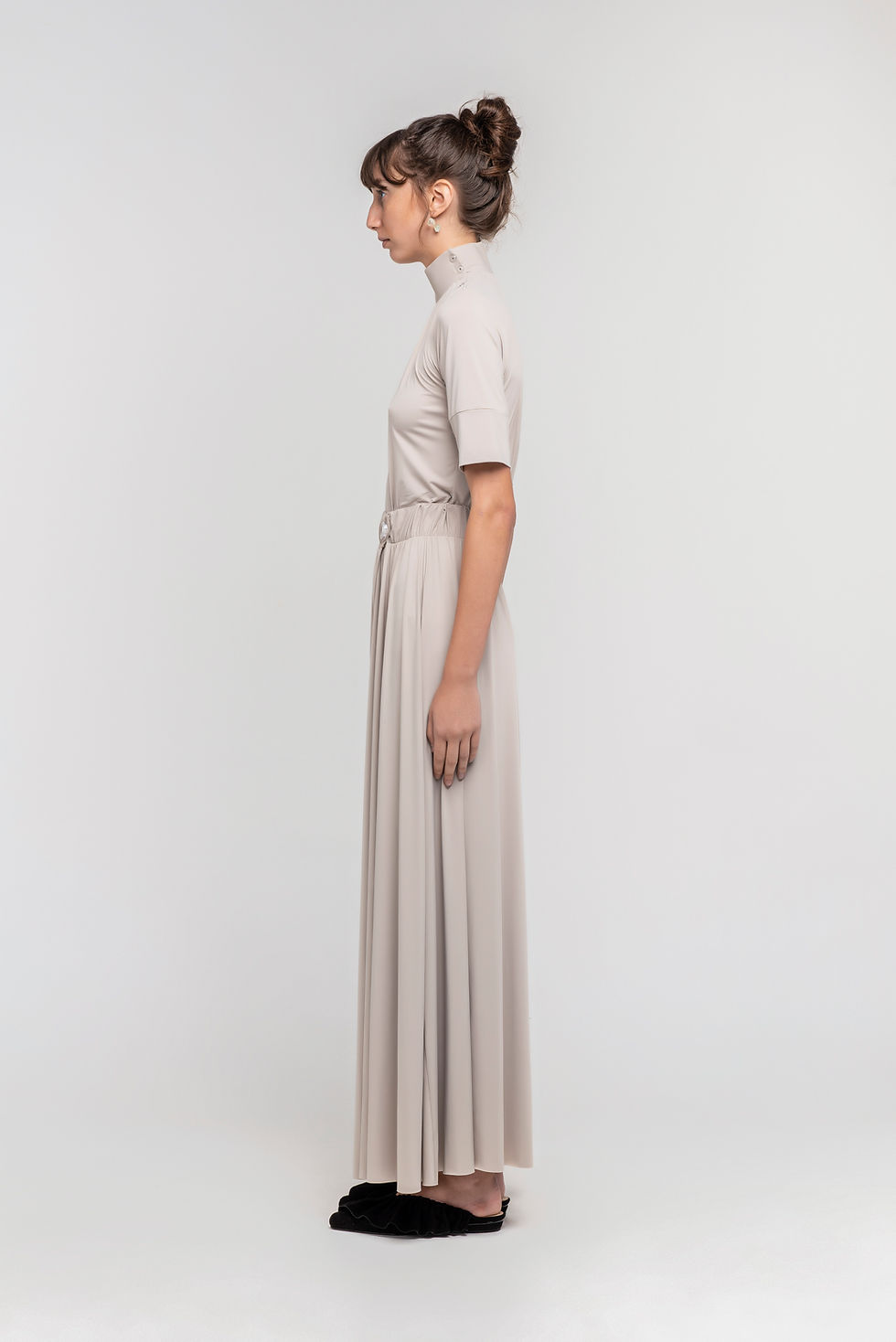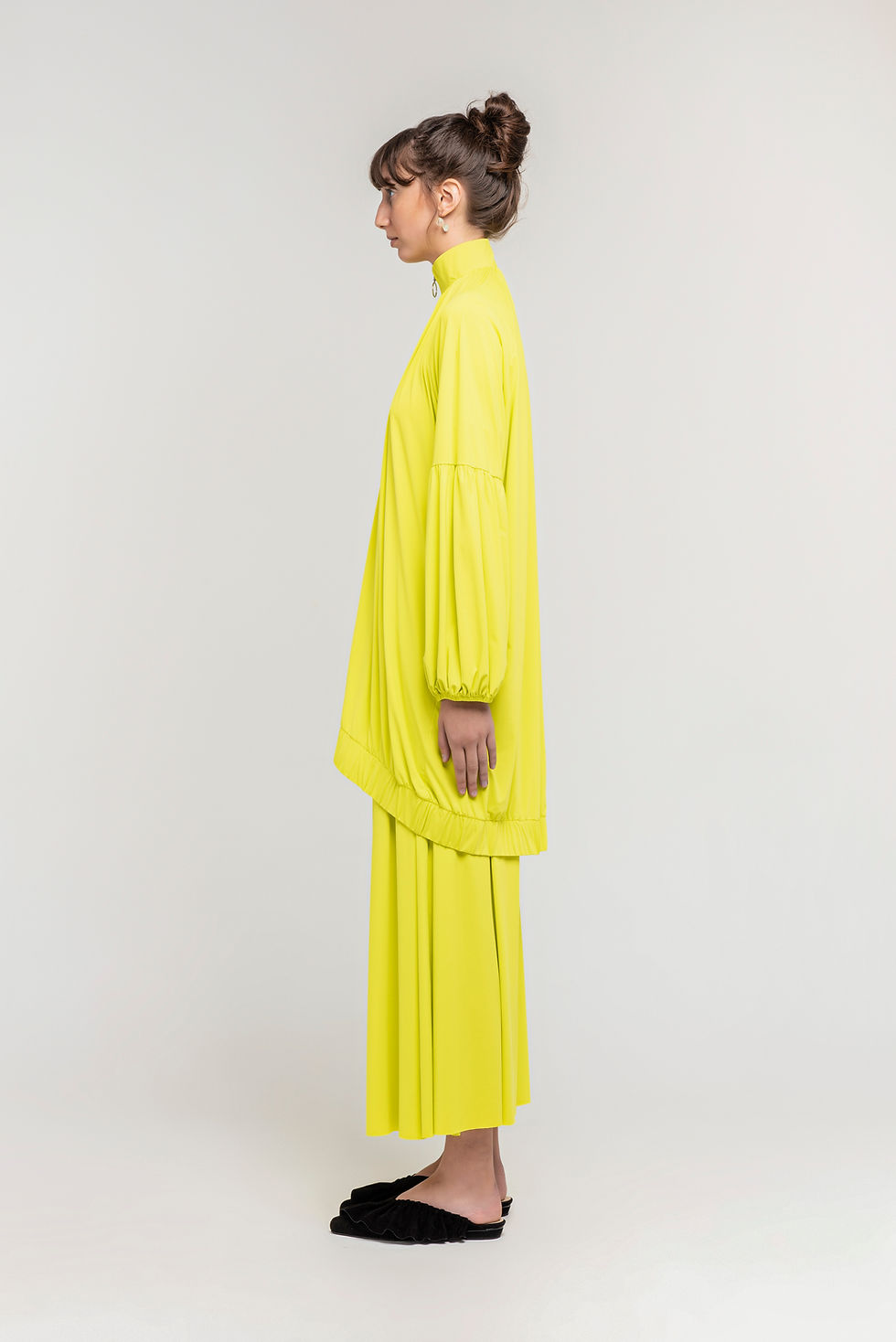por Vantees
PALIMPSESTO
The summer 2020 of NovoLouvre was inspired by the work of the artist from Curitiba, Vantees, whose most significant media is the wheat paste. The overlapping of paper on the city walls, and the relationship that street art has, also overlapping, with the city, referred to the palimpsest, which gave the collection its name.
palimpsesto (do grego antigo παλίμψηστος, transl. "palímpsêstos", "aquilo que se raspa para escrever de novo": πάλιν, "de novo" e ψάω, "arranhar, raspar") designa um pergaminho ou papiro cujo texto foi eliminado para permitir a reutilização. [1] Tal prática foi adotada na Idade Média, sobretudo entre os séculos VII e XII, devido ao elevado custo do pergaminho. A eliminação do texto era feita através de lavagem ou, mais tarde, de raspagem com pedra-pomes. A reutilização do suporte de escrita conduziu à perda de inúmeros textos antigos - desde normas jurídicas em desuso até obras de pensadores gregos pré-cristãos. A recuperação dos textos eliminados tem sido possível em muitos casos, através do recurso a tecnologias modernas. Fonte: Wikipedia
wheat paste Wheat paste (also known as flour paste, or simply paste) is a gel or liquid adhesive made from wheat flour or starch and water. It has been used since antiquity for various arts and crafts such as book binding,[1] découpage, collage, papier-mâché, and adhering paper posters and notices to walls. Closely resembling wallpaper paste, a crude wheat flour paste can be made by mixing roughly equal portions of flour and water and heating until the mixture thickens. Activists and various subculture proponents often use this adhesive to flypost propaganda and artwork. When hanging unauthorized billboards or signage, to reduce the danger of being caught, wheatpasters frequently work in teams or affinity groups. In the United States and Canada, this process is typically called "wheatpasting" or "poster bombing," even when using commercial wallpaper paste instead of traditional wheat paste. In the United Kingdom, commercial wheatpasting is called flyposting and wheatpasting associated with urban art is called paste-up. Font: Wikipedia
vantees Estevan Reder is a photographer from Curitiba with intense photographic production reproduced in Paste-up scattered throughout Brazil and Latin America. The proposal is not to be afraid of the other, not to kill the difference, and respect their identity, in a broad sense that encompasses the aesthetic, the narrative, the social and the ideological. "All human communication begins in the primary media, in which individuals meet face to face, bodily and immediately, and all communication resumes there " (Pross, 1972: 128) It is with the body, generating bonds, that someone takes ownership of their own space and time of life, sharing them with other subjects. But it is also there, in the establishment of links, material or symbolic, which initiates the appropriation of space and time of the life of others. Pasting walls, streets. Paper, paint, glue and mop.
Ph: Debora Spanhol
Retouch: Jestudio.eu
Model: Manuella Prestes para Take Agency
Make: Marina Costa
Production: Miguel Luiz Rosário e Takashi Matsuda


THE CREATIVE PROCESS
Ph: Debora Spanhol

VANTEES'S PICTURE
Ph: Debora Spanhol
No product

VANTEES'S PICTURE
Ph: Debora Spanhol
Ph: Debora Spanhol

VANTEES'S PICTURE
Ph: Debora Spanhol









































































































